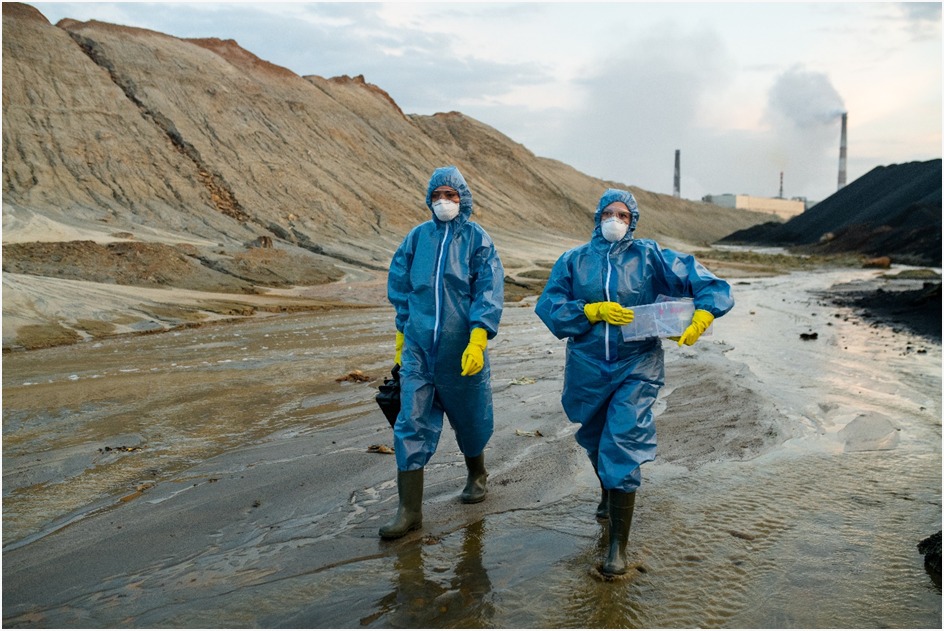Reduce workplace incidents with AI-assisted posture analysis
Business challenges
Safety hazards: Employees who are handling heavy objects are at a higher risk of injuries, such as back strains, sprains, and fractures, which can lead to increased workers' compensation claims and potential liability for the company.
Musculoskeletal injuries: Heavy lifting and repetitive motions can lead to musculoskeletal injuries such as strains and sprains.
Reduced productivity: When employees are handling heavy objects, it can lead to increased downtime due to injuries, which can reduce productivity and increase costs.
Repetitive motions: Repetitive motions such as twisting, bending or lifting can lead to injuries such as carpal tunnel syndrome, tendonitis, or sprains.
Lack of proper equipment: Without proper equipment such as lifting belts and carts, employees may be at risk of injury while transferring heavy objects.
Poor training: Without proper training on how to properly lift and transfer heavy objects, employees may be at risk of injury.
Solution approach
AI-driven adaptive solutions can solve critical challenges in preventive healthcare by providing personalized interventions that address health behavior conditions such as musculoskeletal disorders.
We helped a startup develop a mobile application that uses AI technique to analyze human posture images and provide valuable insights on postures that increase the risk of injury.
The application includes a feature that detects improper posture movement while carrying heavy objects and immediately sends a warning signal through the mobile application, alerting the worker to the risk of Musculoskeletal disorders (MSD).
The solution utilizes the latest advances in Vision Intelligence and Human Pose estimation to automatically assess posture and generate RULA and REBA scores.
This helps the HR and Health and Safety departments to assess the risk of repetitive stress injuries and take preventive measures.
The application allows users to take an image or video of someone at their workstation/desk and immediately assess their posture, generating ergonomics scores to help prevent injuries.
Business impact
Improved Safety: By detecting improper posture movement and providing warning signals, the application can help reduce the risk of musculoskeletal disorders and other injuries among workers, resulting in a safer working environment.
Reduced costs: By reducing the risk of injuries, the application can help lower the costs associated with employee injuries, such as medical expenses and lost productivity.
Increased productivity: By reducing the risk of injuries, the application can help increase employee productivity by keeping workers on the job and reducing the need for time off due to injury.
Improved compliance: AI The application can help ensure compliance with safety regulations and industry standards, reducing the risk of penalties and fines.
Better data collection and analysis: The application can collect and analyze data on worker posture and movement, providing valuable insights for identifying and addressing safety issues.
Increased employee engagement: By providing real-time feedback to workers, the application can increase employee engagement and encourage them to take an active role in their own safety.



